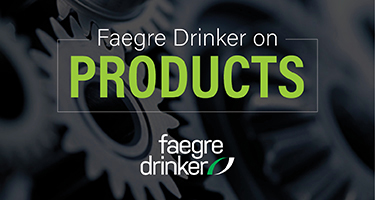The U.S. Food and Drug Administration (FDA) has issued three letters (one warning letter and two untitled letters) over the last two months of 2019 directed at four different companies focused on the processing, distributing, and marketing of allegedly unapproved stem cell products derived from birth-related products, such as placentas, amniotic tissues, umbilical cords, and umbilical cord blood.
These products, which include human cells, tissue, and cellar and tissue-based products (also known as HCT products) are intended to treat a variety of orthopedic issues, autism, cardiac issues, dementia and arthritis. HCT products are considered “articles containing or consisting of human cells or tissues that are intended for implantation, transplantation, infusion, or transfer into a human recipient.” Examples of HCT products include “bone, ligament, skin, dura mater, heart valve, cornea, hematopoietic stem/progenitor cells derived from peripheral and cord blood, manipulated autologous chondrocytes, epithelial cells on a synthetic matrix, and semen or other reproductive tissue.”

